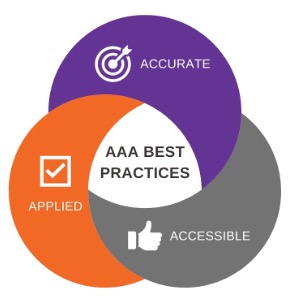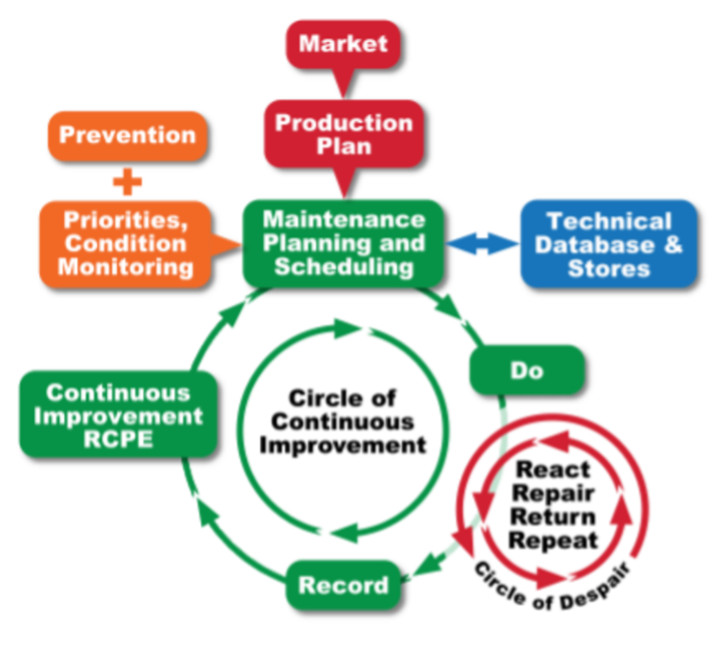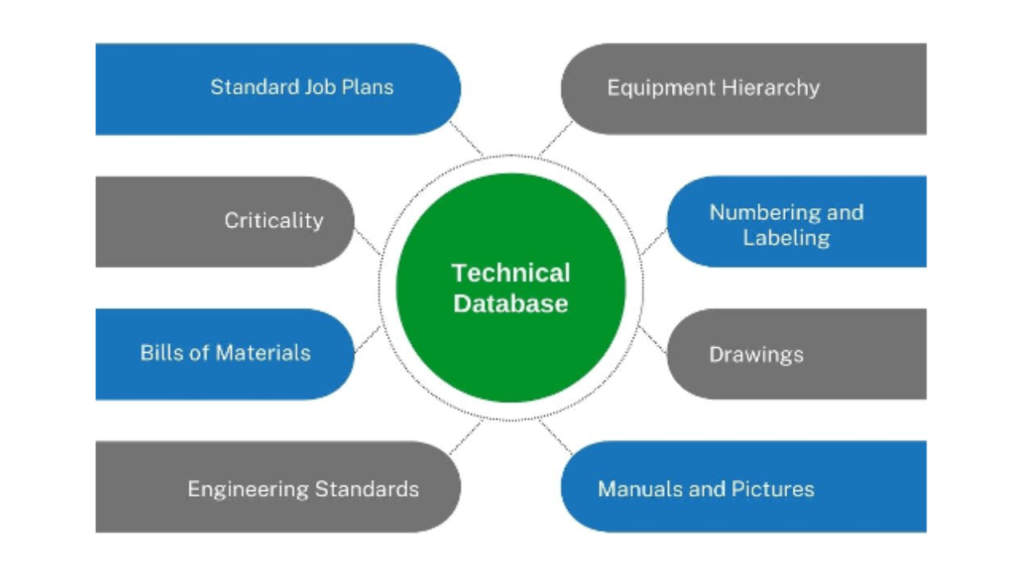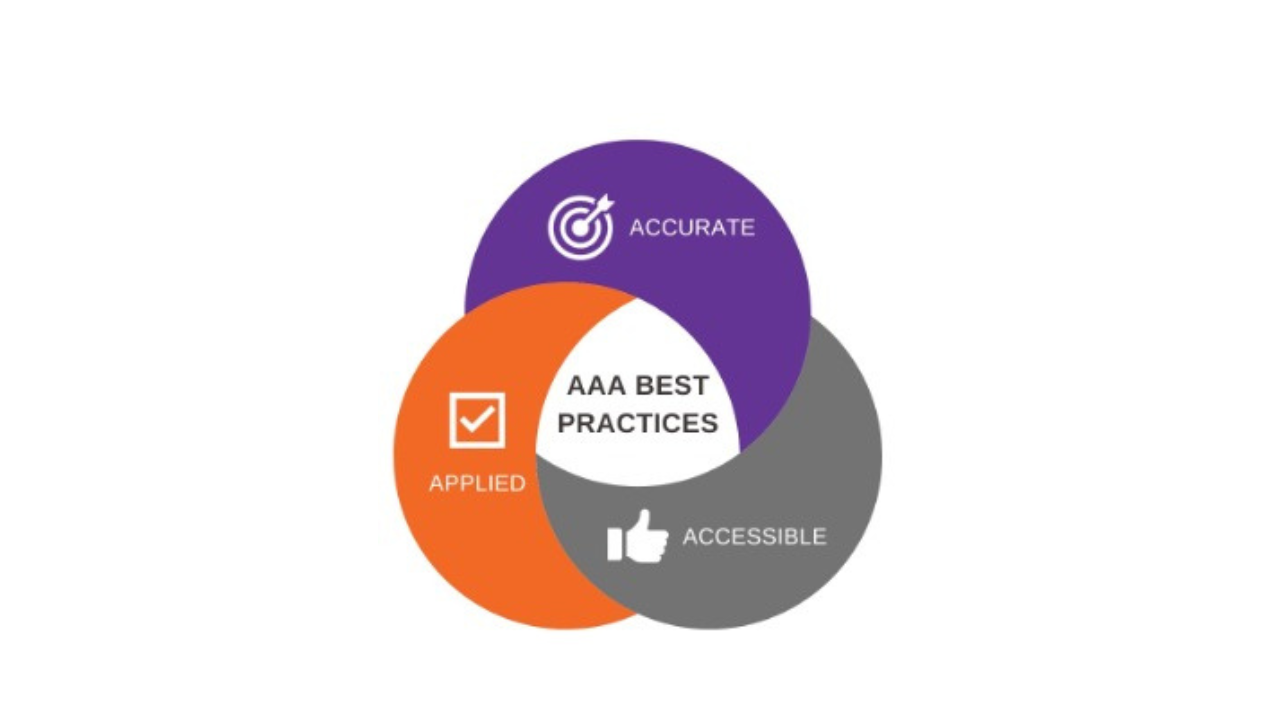Bill of Materials: A List of Parts to Streamline Maintenance Work Management
John Sewell, Consultant, IDCON INC
Posted 05/11/2023
No other element of the technical database provides as much value to planning as an accurate bill of materials. Planning is greatly simplified and planners can focus on providing crews with the details they need to perform efficient maintenance work.
What is a Bill of Materials (BOM)?
To plan a maintenance activity, basic information must be available about the equipment. The most important information is an accurate bill of materials.
A bill of materials (BOM) is a list of parts used on a particular piece of equipment.
There are two types of bills of material:
- Original Equipment Manufacturer (OEM) Bill of Materials: This is a comprehensive list of all parts including nuts, bolts, brackets, etc.
- Maintenance, Repair, and Operation (MRO) Bill of Materials: The second type is limited to parts commonly used for MRO, the parts listed on the MRO bill of materials will be used routinely.
Focus on creating MRO bills of material before investing time developing full OEM bills of material.
What information is included in a BOM?
To provide value to planning and scheduling, a bill of materials should contain basic details about each part.
Part Name and Number – A standard taxonomy should be used for part names in the bills of material. Consistent naming conventions will help planners search for parts. Part numbers are usually automatically generated by the computerized maintenance management software.
Quantity and Unit of Measure – Include how many of each part is required for the equipment. Units of measure may include each, inches, gallons, etc. Having an accurate quantity of each part will save time. Planners will not be forced to research original equipment manufacturer manuals.
Manufacturer Part Name and Number – Linking the plant part name and number to the manufacturer name and number will allow for efficient purchasing. The computerized maintenance management system may or may not be linked to the purchasing system. However, including manufacturer reference information allows for purchase orders to be easily generated with the correct details.
Price and Lead Time – Price and lead time can help with scheduling the work. Lead times are also useful when determining stock/no stock decisions.
Reference Information – Add additional reference information that will support the planning process. The computerized maintenance management software may have specific fields to add a drawing reference, part dimensions, or attach manuals and pictures. A free text field or notes may be available to add relevant information.
Best Practices for Bills of Material
When developing bills of material, focus on keeping the information accurate, accessible, and applied.

Accurate – The parts listed in each bill of materials should be correct. Listing incorrect parts will erode trust in the list. Focus on ensuring the parts listed are correct prior to attempting to list all parts. The accuracy of plant BOMs can be improved by identifying a data owner. The responsible person should have the ability to update BOMs as part of a formal review process. The accuracy of BOMs should also be considered as part of the management of change process. Minor changes to equipment design or large capital projects will impact the accuracy of the bills of material. Develop procedures to correct BOMs as errors are found or changes are made to the equipment. Trend bill of materials accuracy over time to ensure it is improving.
Accessible – Ensure planners, supervisors, mechanics, and operators have access to the bills of material when needed. Keep BOMs in the computerized maintenance management software linked to the parent equipment. Ensure the bills of material are accessible through ease of understanding.
Applied – The planning process will be streamlined by the consistent use of bills of material. To improve the utilization of BOMs, check the accuracy and accessibility of the data. Train all users on how to locate BOMs and navigate individual part details.
How do Bills of Material Fit into the Technical Database?
Planning and scheduling are vital components of maintenance management. Work that is planned and scheduled is cheaper and safer than reactive work.

Many people understand that to adequately plan a maintenance job, a certain level of experience is required. What is often overlooked is that multiple sources of technical information are also required. The data will come from a variety of sources and may be stored in multiple locations across the plant, both in electronic and hardcopy formats.
The technical database is a key enabler of the planning and scheduling process. Information is transferred from the technical database to the work management process to enable high quality planning and scheduling. The double-sided arrow in IDCON’s Productivity Cycle indicates that information also needs to flow back to the technical database to keep it updated and accurate.
The technical database is all documents, files, drawings, instructions, lists, and standards needed to adequately describe the what, how, how long, who, and when of a maintenance activity so work is done efficiently and effectively.
The technical database is made up of eight components, if you’re interested in learning more about each component follow along with the series as it is updated each month.
- Equipment Hierarchy
- Equipment Numbering and Labeling
- Drawings, Manuals, and Pictures
- Engineering Standards
- Bill of Materials
- Criticality
- Standard Job Plans

Each element supports the work management system by providing the needed information to plan and schedule efficiently and effectively.
Bills of material are a list of parts that are used on the equipment. When developing BOMs, focus on parts used for routine maintenance, repair, and operation of the equipment. Individual parts should contain a minimum amount of information including: a consistent and organized name, manufacturer and their item number, price, lead time, and quantity needed for the equipment.
Bills of material must be accurate, accessible, and applied to add value to the planning process. BOMs that contain missing or inaccurate parts quickly erode confidence in the data. Track BOM accuracy over time and ensure changes in the field are reflected in the associated parts lists. Bills of material are an element of the technical database that support the overall work management process. No other element of the technical database adds as much value as bills of material. They enable planners to quickly order the needed parts while primarily focusing on creating detailed instructions for the crews.

John Sewell, CMRP
John Sewell, CMRP is a Consultant with IDCON INC, a specialized management consulting firm in the field of reliability and maintenance management. As a consultant, John works with clients in any industry to improve reliability and lower manufacturing and maintenance costs through hands-on coaching and training.
Related Articles
What is the Technical Database and How Does it Affect Planning and Scheduling?
Practical Guide to Equipment Hierarchy
How to Label and Number Equipment for Easy Identification
Put Your Equipment Drawings, Manuals and Pictures to Work for Cost Savings




